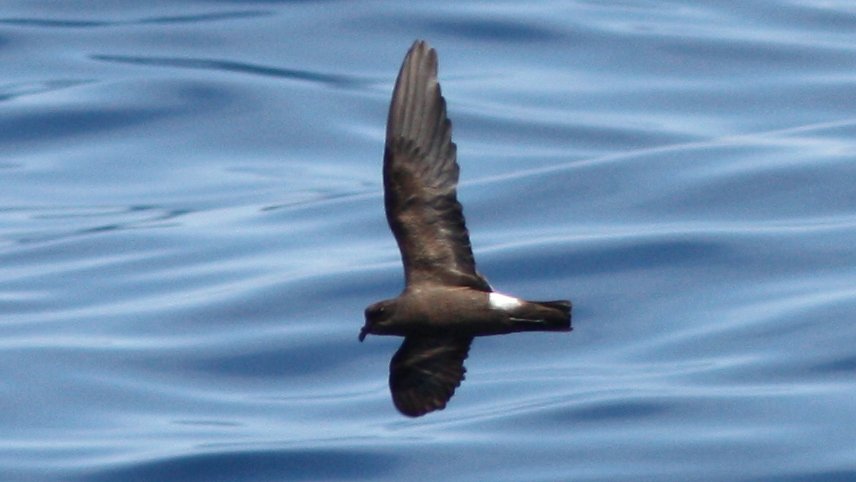
Like all birders who would call themselves “experienced”, I have to occasionally pretend like I know what’s going on with molt. And I’m not necessarily talking about the increasing ratty looking birds you see just about everywhere these days that can be difficult to identify in their summer slovenliness, but the sort of intimidating prospect of having to rely on molt to actually identify birds. For birders heading off the coast of the eastern United States and attempting to tackle the mess that is the Band-rumped Storm-Petrel complex, a group of up to four cryptic species, this is a very real possibility. But thanks to the real experts at the ABA’s recent seabird IFO (Institute for Field Ornithology) I’ve discovered a few things about those birds that makes the whole issues slightly more manageable. And it has to do with molt and the expenditure of energy in a bird’s year.
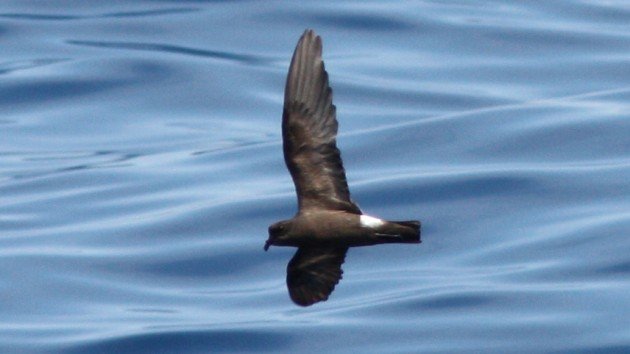 presumed “Grant’s” Band-rumped Storm Petrel, photo by Dan Irizarry
presumed “Grant’s” Band-rumped Storm Petrel, photo by Dan Irizarry
Before I get ahead of myself, Band-rumped Storm-Petrel is a large storm-petrel with a cosmopolitan distribution. It has populations that nest in both the Atlantic and the Pacific Oceans, and when you hear people talking about the possibility of four species in there it’s easy to forget that at least one of those nests in the Galapagos and isn’t likely in U.S. waters (though never say never). For a long time the subtle differences in the populations were just chalked up to the regular variation among a species, but recent studies have suggested that differences in vocalizations and (what else?) DNA are indicative of something deeper going on there.
All of the Band-rumped Storm Petrels that occur in the western Atlantic come from populations that breed in a few archipelagos off of North Africa, mostly the Madieran Islands. The storm petrels are there breeding year-round, but, and this is the kicker, the birds that breed in the winter are not the same birds that breed in the summer. And nary the two shall overlap. And that’s where molt comes in.
I fully acknowledge that molt is one of those topics that causes birders eyes to roll back into their heads. It still does so with me, but bear with me here.
See, a bird’s year can be sorted out into four main actions where it must expend a great deal of energy. The four actions? Breeding, migration (twice a year), and molting. The expenditure of any one of those is such that it really can’t do much of anything else. Remember when I mentioned those two populations of Band-rumps on Madiera? When one is breeding, the other is not. So when one is molting, the other is not. So when we see Band-rumps in the Gulf Stream during our summer that are showing quite a bit of wing molt (and most of them are), we know that those birds as the ones that breed during the Northern Hemisphere winter. This is the population that is called “Grant’s” Storm-Petrel.
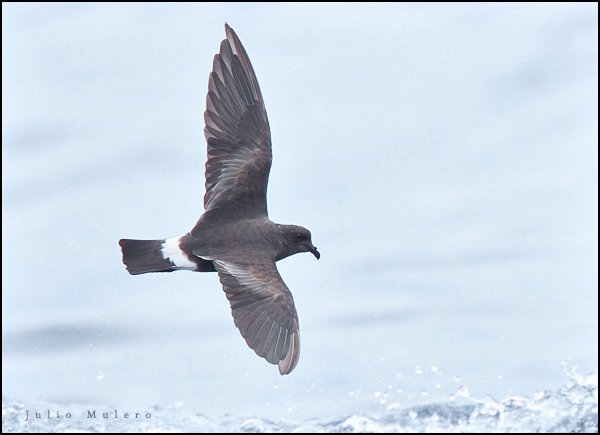 presumed “Grant’s” Storm Petrel, photo by Julio Mulero via flickr
presumed “Grant’s” Storm Petrel, photo by Julio Mulero via flickr
If the bird flying by you in our summer looks fresh as a daisy with a bright carpal bar (those paler spots on the upper wing) and no apparent molt. Well then you’ve got a summer breeding bird, albeit one that it foraging a long way from home, from the population called “Madieran”. It’s not quite as difficult as you might think, provided you can rapidly determine the molt on a bird wheeling by you while you rock back and forth on a boat. Which can be tough to be sure, but Band-rumped flap much more methodically than the frantic Wilson’s Storm-Petrels in the vicinity, which is a blessing.
So fear not, anxious birder. When talk of using molt to identify Band-rump populations comes up, one only has to be able to recognize “presence of” or “absence of” instead of determining the extent. And that’s not so bad, is it? Plus it gives you greater insight into the evolutionary knife’s edge of speciation going on in those burrows on Madiera island. And that’s really cool stuff.






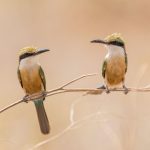
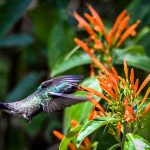
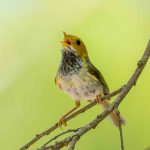
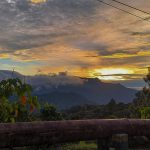
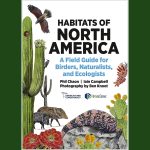


Hey Nate!
We saw a couple Band-rumps in the Gulf Stream last weekend that looked good for “Madieran.”
Brian Patteson pointed out to me that these birds are also slightly smaller than “Grant’s” and have a bouncier flight pattern, recalling Leach’s Storm-Petrel. Of course these are pretty subtle characteristics to see in the field (and I think most people are happy enough to tell a Band-rumped from a Wilson’s), but points to some morphological differences to add to the vocal and DNA ones you mentioned.
Great post. Gives me courage for Hatteras this August.